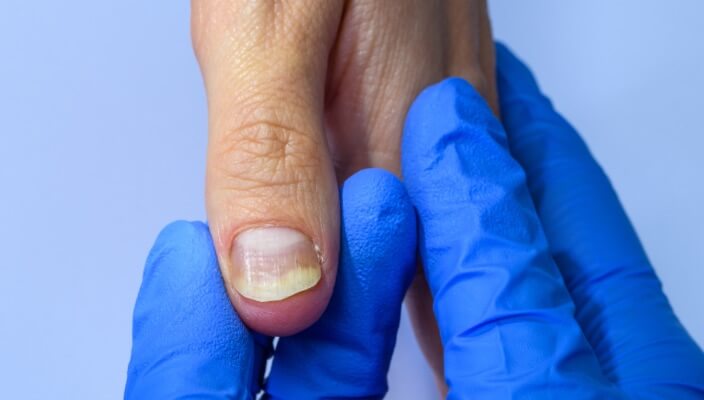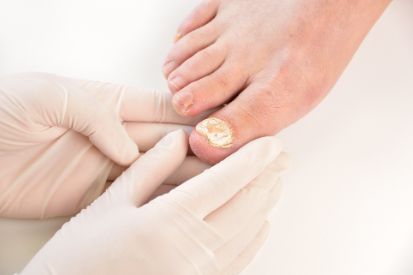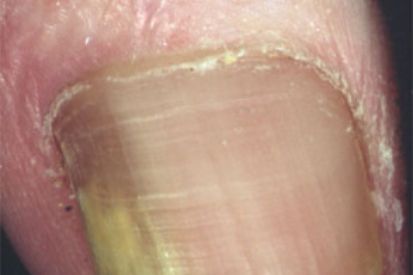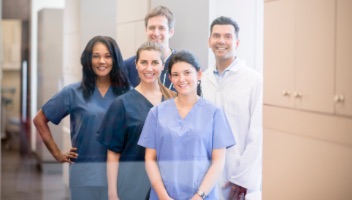Understanding the Different Types of Nail Fungus
What Are the Different Types of Nail Fungus?
 If you’re experiencing discoloration, thickening, or distortion in any of your fingernails or toenails, nail fungus could potentially be the culprit. Although nail fungus is a common condition, it’s important to seek medical attention if you know or suspect you’re dealing with it.
If you’re experiencing discoloration, thickening, or distortion in any of your fingernails or toenails, nail fungus could potentially be the culprit. Although nail fungus is a common condition, it’s important to seek medical attention if you know or suspect you’re dealing with it.You should also know that not all fungal infections affecting the nails are the same. Knowing and understanding the different types is a good idea, especially if you’re prone to nail fungus or spend time in environments that could potentially support a fungal infection. Here’s an overview of what you should know.
Generally speaking, there are four main types of nail fungus to be aware of. Each presents differently and has its own cause.
Examples of Nail Fungus




Type 1: Distal or Lateral Subungual Onychomycosis
Yellow nail discoloration that gradually spreads toward the center of your nail from the edges is a likely sign you’re infected. You may also notice portions of your nail peeling away from the nail bed.
Type 2: White Superficial Onychomycosis
Type 3: Proximal Subungual Onychomycosis
With this fungus type, you’ll notice white spots developing toward the center of your nail bed, down by the cuticle of your fingernail or toenail. As the nail continues to grow, the spots will gradually migrate outward.
Proximal subungual onychomycosis is fairly rare. However, people who struggle with immune disorders, including HIV, are most likely to get it.
Type 4: Candidal Onychomycosis
This type of nail fungus is a yeast infection that affects the nails, typically the fingernails. People most often develop it after an injury or illness. If you have candidal onychomycosis, the skin around the affected nail will swell up, becoming red and irritated. In severe cases, you may lose the nail entirely.
Signs You Might Have a Nail Fungus
Not sure whether you’re dealing with a nail fungus? Evaluate yourself for the following signs:
- Your nails have become so thick it’s difficult to trim them.
- Infected nails can warp, bend, curl, or otherwise become misshapen.
- There’s an unpleasant smell coming from one or more of your nails.
- Your nails are crumbling or feel brittle to the touch.
- You see white or yellow spots on or under your nails, especially any that appear to be growing or otherwise getting worse.
Fungal infections of the nail rarely hurt at first, so it can be hard to tell if something’s truly wrong. But many infections do get much worse over time, sometimes resulting in severe pain, discomfort, or trouble using the affected food or hand.
Preventing nail fungus is mostly a matter of maintaining good nail hygiene. Keep your nails trimmed, dry, and clean. You should also be mindful of ill-fitting footwear or walking barefoot in damp communal areas like locker rooms.
If you do suspect you have a nail fungus, don’t wait to seek medical attention. Schedule an appointment with Dermatology Affiliates today.
Featured Products
Check your local office for current stock!
Check your local office for current stock!
Featured Blogs

- General Dermatology
As the U.S. population ages, the number of Americans who suffer from skin diseases will continue to rise, according to the American Academy of Dermatology (AAD).
Read More
- General Dermatology
- Sun Safety
- Skin Care
Earlier in May, a pilot study was published that showed high concentrations of 4 chemical sunscreens in the blood. This study was done over 7 days with 24 people using different mixtures of chemical sunscreens in spray, lotion, or cream forms.This was a small study to see if there was reason to really study absorption through the skin.
Read More
- Skin Cancer
- General Dermatology
- Sun Safety
A skin cancer story shared by a Dermatology Affiliates employee. Learn how easy it is for skin cancer to sneak into your life in many ways.
Read More


